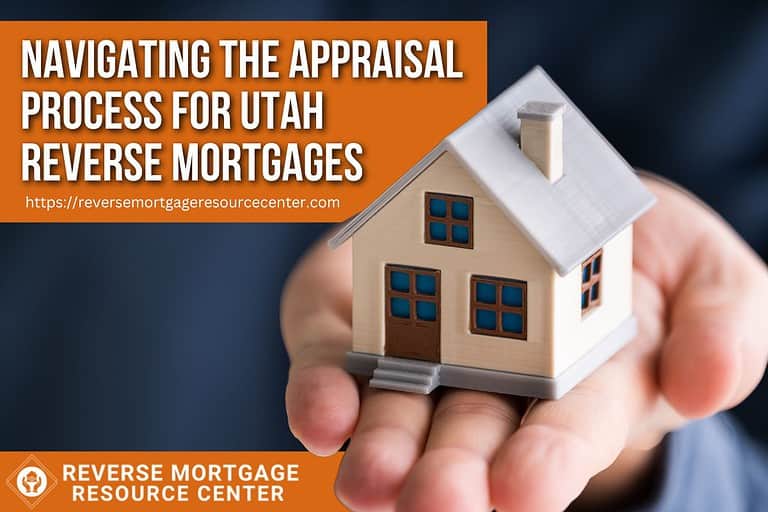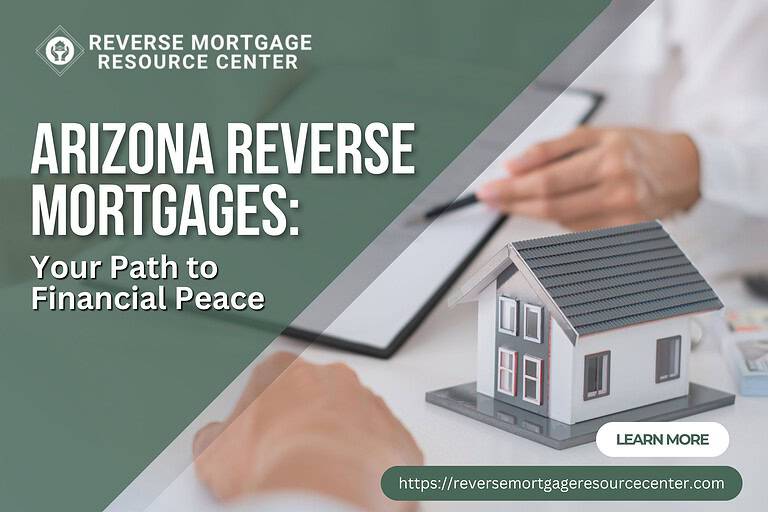The Path to an Idaho Reverse Mortgage: Application and Benefits
As retirement approaches, many Idaho homeowners find themselves in an unusual situation where their home equity accounts for a sizable wealth. While regular mortgages are well-known, reverse mortgages provide a unique financial alternative that can be especially beneficial to seniors. In Idaho, reverse mortgages offer a road to financial security by allowing homeowners 62 and older to tap their home equity. In this detailed guide, we will go through the application procedure and the numerous benefits an Idaho reverse mortgage can provide, providing a clear path to safeguarding your financial future.
Understanding Reverse Mortgages
Before beginning the application process, it’s critical to understand what a reverse mortgage is and how it operates. A reverse mortgage is a loan intended exclusively for homeowners in their golden years. In contrast to typical mortgages, which require monthly payments to the lender, a reverse mortgage allows you to receive payments from the lender. This reversal of payment dynamics is what distinguishes it.
How It Works
To be eligible for a reverse mortgage in Idaho, you must be at least 62, own your house outright or have significant equity, and live in it as your principal residence.
Loan Amount: The amount you can borrow through a reverse mortgage is determined by various factors, including your age, the appraised value of your house, and current interest rates. The bigger the loan amount, the older you must be, and the more valuable your home must be.
Payment Options: There are various payment alternatives available with a reverse mortgage. Monthly payments, a lump sum, a line of credit, or a mix of these options.
No Monthly Payments: One of the most enticing aspects of a reverse mortgage is that you do not have to pay the lender regularly. Instead, the loan is due and payable when you leave the house, sell, or pass away. The lender then recoups the loan amount, plus interest and fees, often from the heir’s sale of the property.
Now that we have a fundamental idea of how reverse mortgages work, let’s look at the Idaho application procedure.
Applying for an Idaho Reverse Mortgage
The process of obtaining a reverse mortgage in Idaho consists of numerous steps. It is critical to rigorously follow these steps to guarantee a smooth and successful application process.
Step 1: Counseling
Federal law requires you to attend counseling with a HUD-approved counselor before applying for a reverse mortgage. This counseling session will give you a complete grasp of reverse mortgages, their advantages and disadvantages. The counselor will also evaluate your financial condition and assist you in determining whether a reverse mortgage is the best option.
Step 2: Lender Selection
After you’ve finished the counseling session and determined that a reverse mortgage is your best financial answer, it’s time to pick a lender. It is critical to thoroughly research and compare lenders. Look for lenders with a good reputation, reasonable interest rates, and a dedication to exceptional customer service. You may wish to seek advice from a financial expert or trustworthy friends and relatives.
Step 3: Application
After you’ve decided on a lender, you’ll need to fill out the reverse mortgage application. Prepare to provide specific details about yourself, your home, and your financial condition. The lender will use this information to assess your eligibility and calculate the loan amount you are eligible for.
Step 4: Appraisal
The lender will have your home appraised to ascertain its current market value. The appraiser will consider criteria such as the condition of the home, its location, and recent sales of comparable homes in your neighborhood. The appraised value of your house will have a substantial impact on the loan amount you can obtain.
Step 5: Underwriting
The lender will underwrite your reverse mortgage application once the appraisal is completed. During this procedure, they will verify your financial details, review the appraisal report, and analyze your creditworthiness. You will receive a Loan Estimate outlining the loan’s terms if your application is approved.
Step 6: Closing
If you proceed with the reverse mortgage, the loan must be closed. You will sign the relevant documents during the closing, and the lender will disburse the loan funds to you in accordance with your chosen payment arrangement. Before signing, thoroughly consider the closing paperwork and ask any questions you may have.
Step 7: Repayment
A reverse mortgage, as previously stated, does not require monthly payments. When you no longer live in the house as your primary residence, the loan becomes due. At that point, you or your heirs can return the debt by selling or refinancing your home.
Benefits of an Idaho Reverse Mortgage
Now that we’ve reviewed the application procedure, let’s examine the many advantages an Idaho reverse mortgage can provide.
1. Supplement Income/Retirement Funds
A reverse mortgage might help you pay basic bills or live a more comfortable retirement by providing a consistent source of extra funds. The loan proceeds can be used for anything you like, such as paying off existing debts, making home upgrades, or exploring the world.
2. No Monthly Mortgage Payments
You do not have to make monthly mortgage payments to the lender with a reverse mortgage. This relief can minimize your financial stress and allow you to enjoy your retirement without worrying about paying regular mortgage installments.
3. Homeownership Retention
You can stay in your house as long as it is your primary residence. This means you won’t have to downsize or relocate to gain access to your home equity. Keeping your house provides stability and security in your golden years.
4. Tax-Free Proceeds
The proceeds from a reverse mortgage are normally considered loan proceeds and are not taxable income. The fact that reverse mortgage funds are tax-free might considerably benefit your overall financial status.
5. Flexible Payment Options
Reverse mortgages provide a variety of payment alternatives to meet your specific needs. You can choose the approach that best matches your financial goals and lifestyle: monthly payments, a lump sum, or a line of credit.
6. Non-Recourse Loan
One of the most important advantages of a reverse mortgage is that it is a non-recourse loan. This implies that if the loan total exceeds your property’s value when repaid, the lender cannot pursue repayment from your other assets or the assets of your heirs.
Wrap Up
A reverse mortgage in Idaho can benefit seniors who want to use their home equity to extend their retirement years. You may make an informed selection that coincides with your financial objectives and aspirations if you carefully follow the application procedure and understand the benefits it provides. A reverse mortgage can lead to a more secure and pleasant retirement in the lovely state of Idaho, whether you’re looking to supplement income or retirement funds, a way to eliminate monthly mortgage payments or a way to keep your property.
REVERSE MORTGAGE RESOURCE CENTER ~LIVE LIFE ON YOUR TERMS~
Our Lending Team has been serving our clients since 2004. We are passionate about serving our clients with integrity to help them achieve their financial goals.







